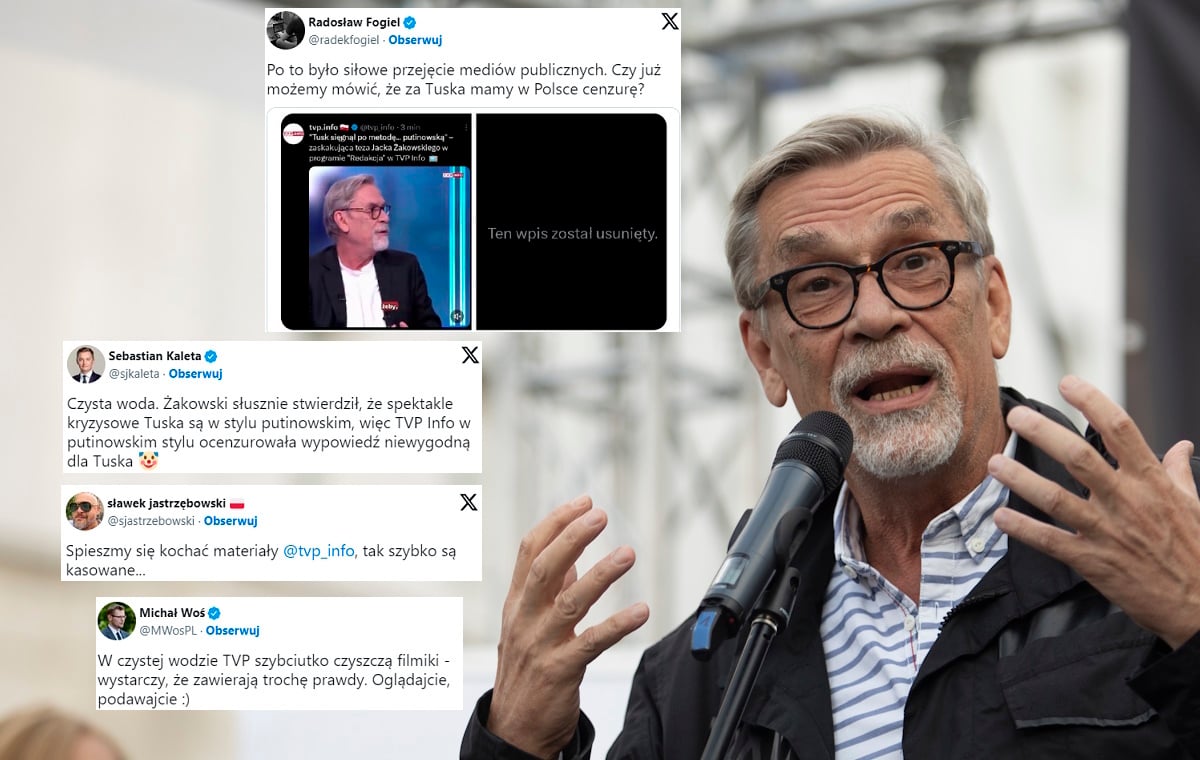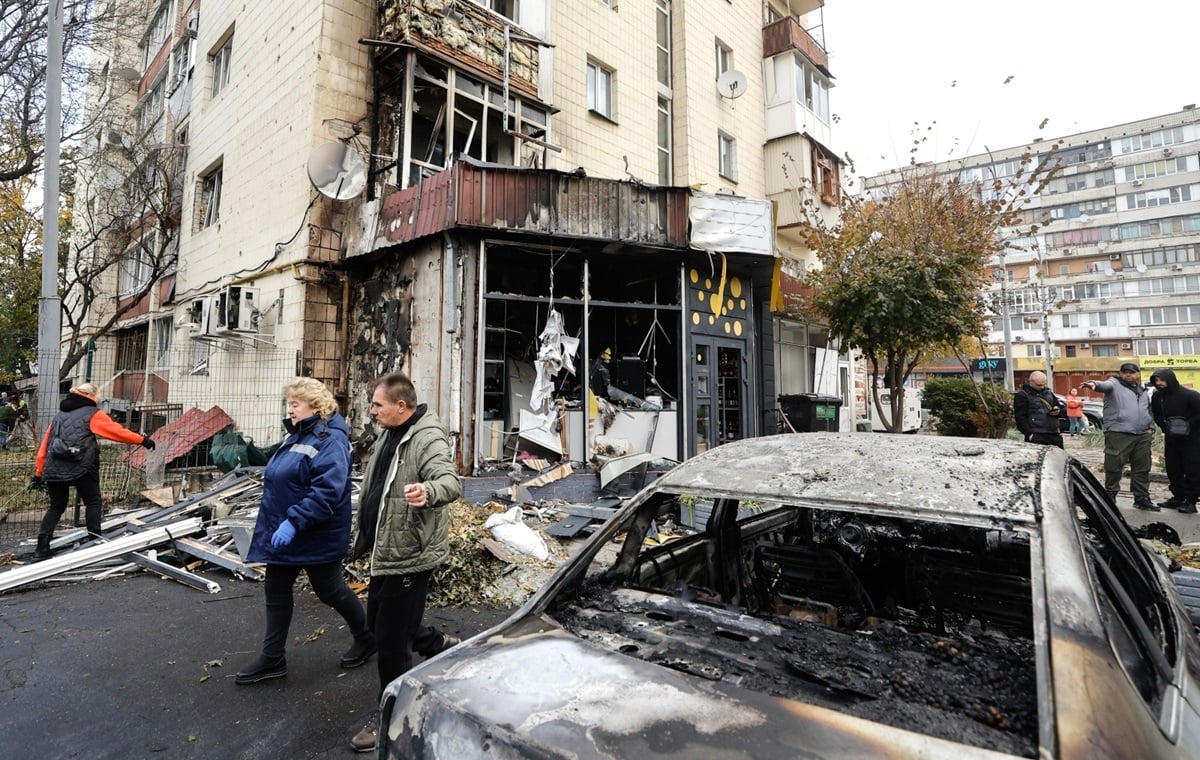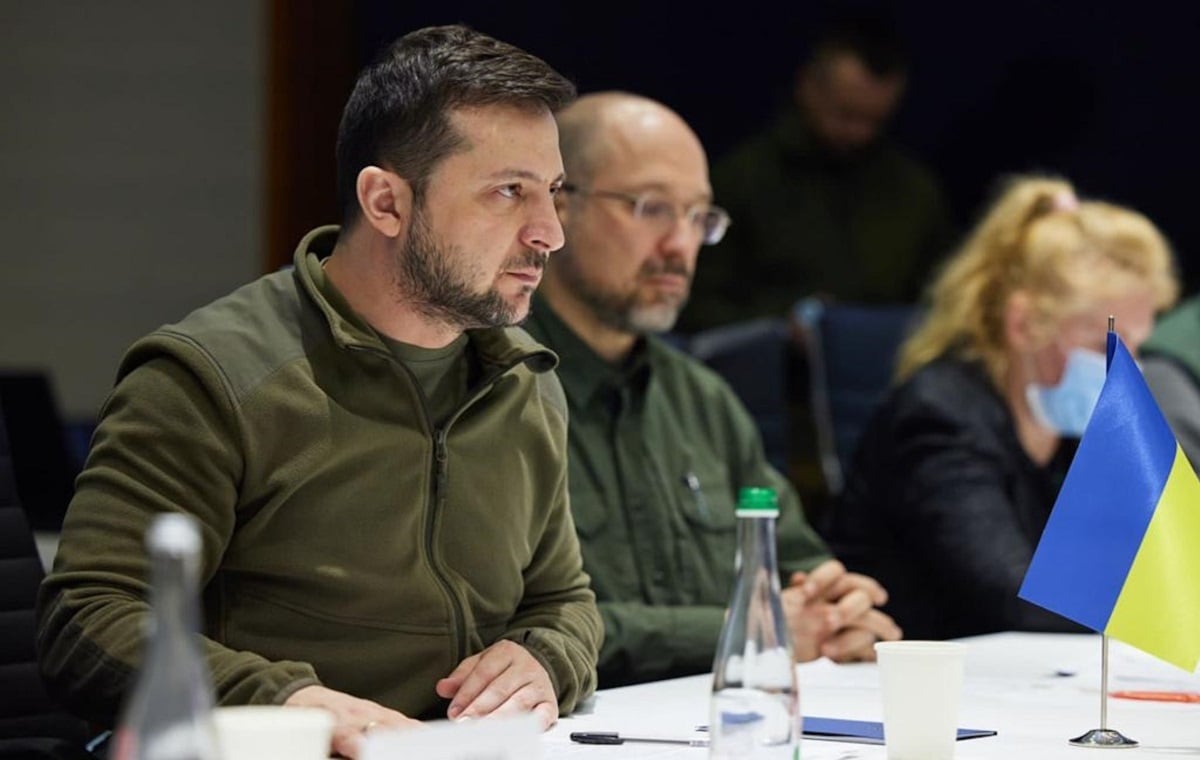The Second Polish Republic’s legal continuity depository is kept in the dungeons; what fate awaits their mistresses? Digitization. The deposits of the Second Polish Republic will not leave archives, its symbols will be purged at anniversary events and reconstruction group activities, and the legacy of the People’s Republic of Poland will be safeguarded by lawyers and politicians – the descendants of the people. homeland. Modern and European. Is Poland normal?
Did the ceremonial transfer of the bodies of the three Presidents of the Polish Republic in Exile from the British cemetery in Newark to the Mausoleum in the Temple of Providence cap a warring chapter in the history of the Second Polish Republic? Can the achievements of the Polish government in exile be reduced to coats of arms and symbols? Slowly, and by example – the tireless efforts to end the St. George pontificate. Jana Pawła II cream cake from Wadowice in the window of the building at Franciszkańska 3 in Krakow. The Second Polish Republic’s legal continuity depository is kept in the dungeons; what fate awaits their mistresses? Digitization in archives. Polish authorities in exile – marginalized by recent allies, doomed to oblivion as a result of the diplomacy of the people’s democratic bloc and the propaganda power of the Soviet Union – endured stubbornly, believing in the legality of their existence.
On the day of the outbreak of World War II, the state and laws of the Republic of Poland were based on the provisions of the Constitution of April 1935. Its Article 13 authorized the President to appoint a successor during the war. The day after Soviet Russia’s aggression against Poland, the authorities of the Second Polish Republic: president, prime minister, and commander-in-chief took refuge in the neighboring Kingdom of Romania. The continuity of power in exile is guaranteed by Art. April 24 Constitution, authorizes the appointment of a replacement for the president in terms ofvacancy in the position of head of state before the end of peace“. The last president of the Republic of Poland in exile, Ryszard Kaczorowski, in December 1990 handed over the symbols of power (seal, pennant, order of the White Eagle and original of the April Constitution) to Lech Wałęsa – president of the Third Republic of Poland, elected in the first postwar free elections. Blessing of the Government in Exile, Poland survived World War II as a state and a subject of international law.There was an army and an administrative structure, there were state treasury assets 80 tons of gold from the resources of the Bank of Poland (perhaps three times as much gold in the vaults of the aggressor, the Third German Reich) 25 representative offices of other countries are accredited to the President of the Republic of Poland in London, the Polish state maintains representative offices in 40 and consulates in 148 countries.In 1942, the Second Polish Republic established diplomatic relations with Canada.
This is not a commonly known and readily available fact. The forty-five years of the existence of the Polish People’s Republic dominate the picture of recent Polish history. The Second Republic ended with the defeat of the September campaign, the battle trails of the Polish armed forces in the west are marked by episodes: the 303rd Squadron air battle, the Battle of Monte Cassino, and the armored battle of General Maczek. The Warsaw Uprising as a heroic but unnecessary military endeavor of the Army of the Interior crowned the knowledge of the Poles from the East about their compatriots from the West. Who remembers the contents of Stalin’s telegram to Churchill eight days before the outbreak of the uprising – the largest independence uprising of World War II: “We haven’t found any other power in Poland that can form a Polish government. The so-called underground organization, led by the Polish Government in London, turned out to have no influence“. The Second Polish Republic fought against the Third Reich, fought against the rejection of its subjectivity by the Soviet Union and the Polish patriot Joseph Stalin.
Nothing happens twice… ( Wislaw Szymborska ). Naturally ?
1814, Vienna; After the defeat of French Emperor Napoleon Bonaparte, the victorious coalition: Emperor of Austria, King of Prussia, and Emperor of Russia prepared a peace plan and sustainable development project for Europe at the Congress of Vienna. There was a place for the Kingdom of Poland – a constitutional monarchy with its own parliament (Sejm), army, treasury (its own money and taxes), Polish educational system and courts. What remains common in both Poland and Russia is the persona of the monarch – the all-Russian autocrat and his leading role in foreign policy and legislative initiatives (introducing and amending laws).
[1945Potsdam;AfterthedefeatofAdolfHitler’sThirdReichthewinningcoalition:thepresidentoftheUnitedStatestheprimeministerofGreatBritainandJosephStalinastheautocratoftheSovietUnion(UnionofSovietSocialistRepublics)preparedaplanforpeaceandsustainabledevelopmentprojectsforEuropeandtheworldataconferenceinthesummerof1945AplacewasreservedfortheCommonwealth-aconstitutionalrepublicwithitsownparliamentetcetcAsin1814weremainavassalstateofRussiaWhataboutthegovernmentinexile?”… diplomatic relations with the former Polish government in London, which no longer existed, were cancelled (Chapter IX of the conference final communiqué). What about the government-in-exile and citizens of the Second Polish Republic? It does not matter. After all, the text of the Constitution of the Kingdom of Poland was also provided to us and was not consulted. The Republic of Poland’s current relations with the Brussels bureaucracy and Strasbourg parliamentarism have a solid European basis. But there is a glimmer of hope, the promise of national consultations on negotiated arrangements: … The heads of the three governments acknowledged that the Provisional Government of National Unity … would hold free and unfettered elections (continued Chapter IX).
“Reader. Future teen idol. Falls down a lot. Amateur communicator. Incurable student.”


![Bogusław Wołoszański: “Achieving nuclear weapons would be the beginning of World War III” [WYWIAD]](https://storage.googleapis.com/bieszczady/rzeszow24/articles/image/877236c0-66fd-457a-9eb4-41792f9077ff)




